
Visitor Information
HOME > Visitor Information > Jeju, Korea
![]()
Korea has four distinct seasons, each with their own stunning scenes. In the spring, forsythia, cherry blossoms, azaleas and many other flowers are in full bloom; in the summer, vacationers head to the coasts to enjoy the beach; autumn brings crimson colors to mountain foliage. In the winter, land is covered with a blanket of white snow.
The Korean economy is driven by the manufacturing and exports including ships, automobiles, mobile phones, PCs, TVs, and a wide range of other electronics. Korea has enjoyed rapid economic growth thanks in large part to its export-focused strategy. In 2018, Korea's GDP was USD $1.5 trillion (IMF). The nation boasts the world's 11th-largest economy (IMF 2018). Recently, Korean pop culture gains popularity over the world. Dramas and movies are widely exported and K-pop stars are also active on the world stage.
The total population of Korea is approximately 51.7 million (August 2017), with most of the population residing in the Seoul metropolitan area. Outside of Seoul, other large and economically advanced cities such as Busan, Incheon, Daegu, Daejeon, Gwangju and Ulsan also have higher population densities than other cities in Korea.
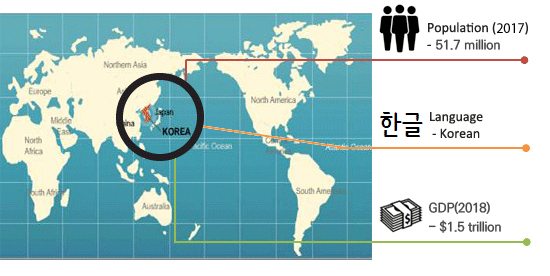
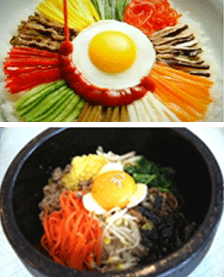
① Bibimbap:
Bibimbap is a popular Korean dish that contains many ingredients mixed in a bowl along with rice and hot pepper paste. It is also one of the most representative Korean dishes, along with bulgogi and kimchi.
There was a long standing tradition, among Korean ancestors, that any leftover food on New Year's Eve was not to be kept into the New Year. For this reason, the practice of mixing various ingredients in a bowl with rice was started.
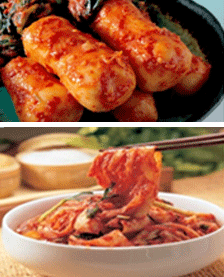
② Kimchi:
Kimchi is one of the most popular foods in Korea, and also exported worldwide. Despite its spicy flavor with hot pepper and garlic, it is popular among many foreigners.
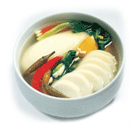
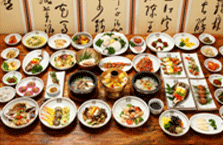
③ Traditional Korean Set Meal:
A full-course Korean meal with an array of savory side dishes which include Kimchi, Bulgogi, Doenjang Jjigae(soybean paste stew) and Jeotgal(salted fish).
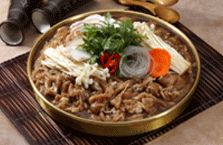
④ Bulgogi:
Bulgogi is the most typical Korean beef dish and is one of the most favored Korean dishes amongst foreigners. During the Goryeo Dynasty, the dish developed into seolyameokjeok, which means a grilled dish people eat on a snowy night. During the Joseon Dynasty, it changed into neobiani, or Royal Court food.


